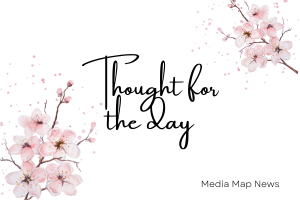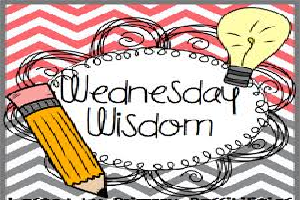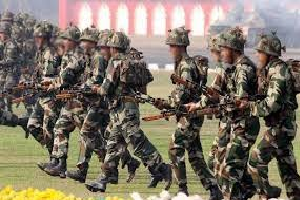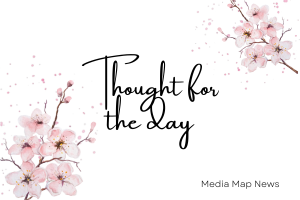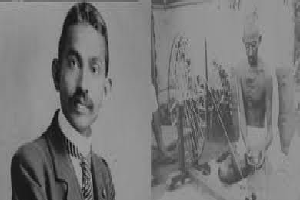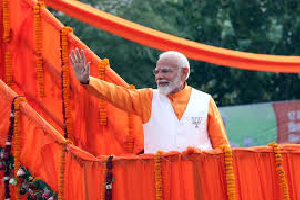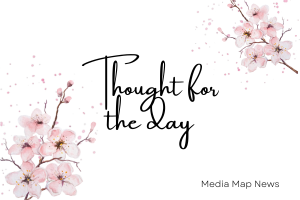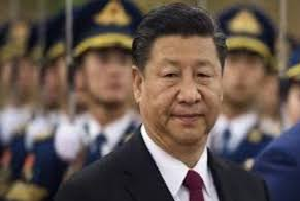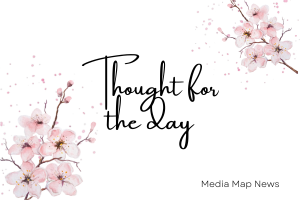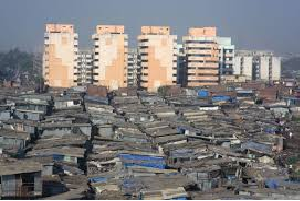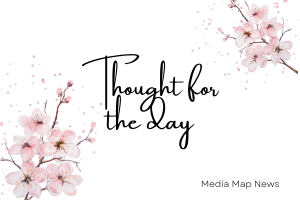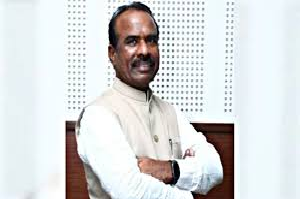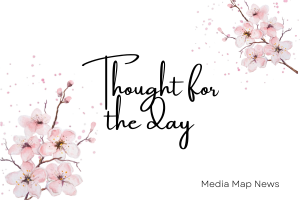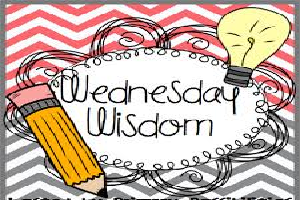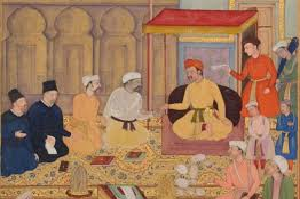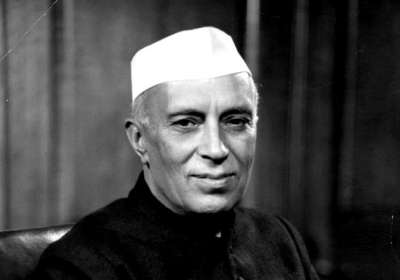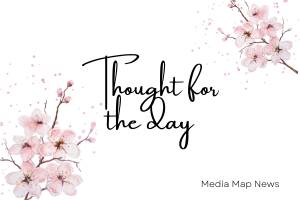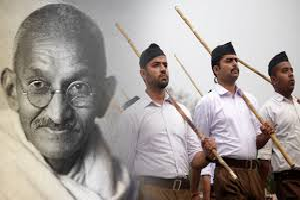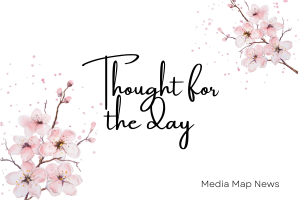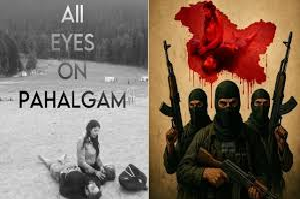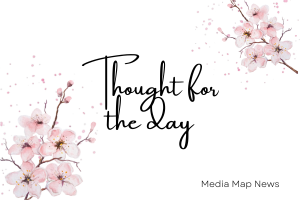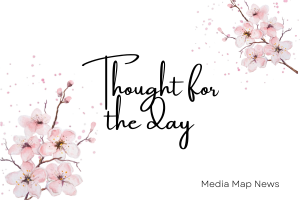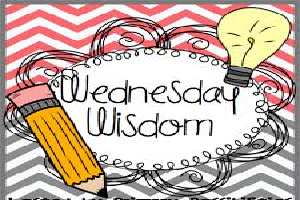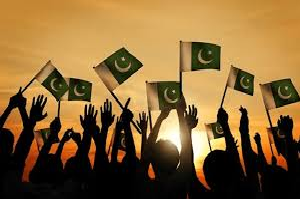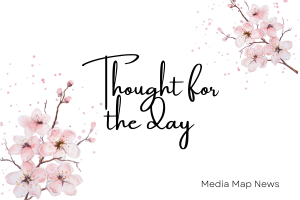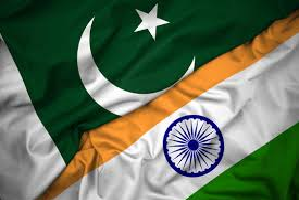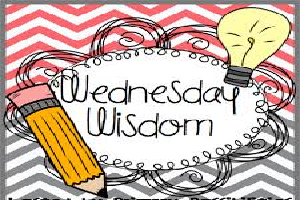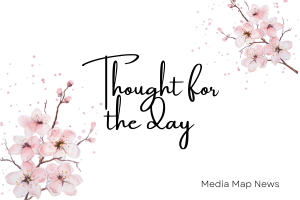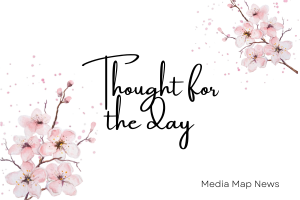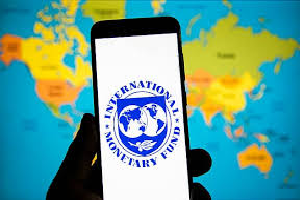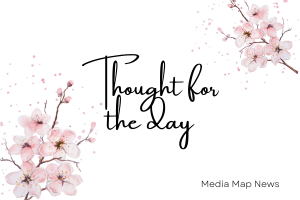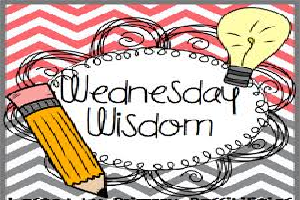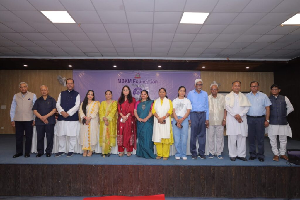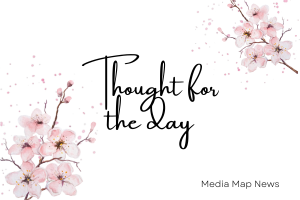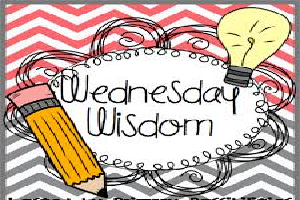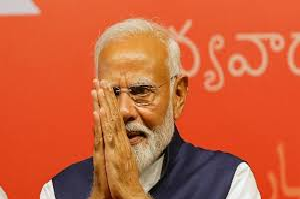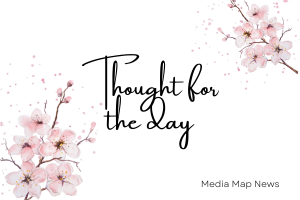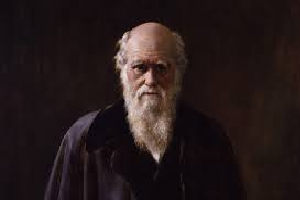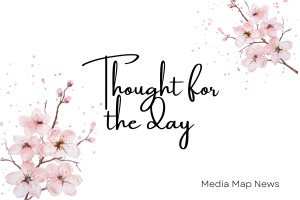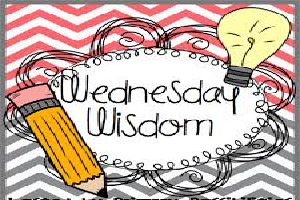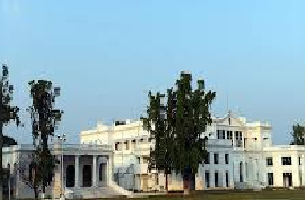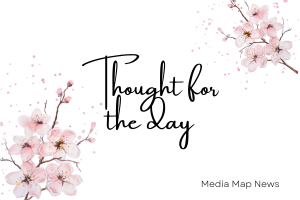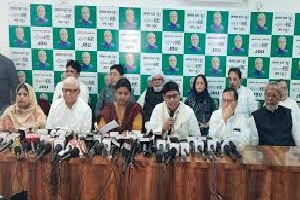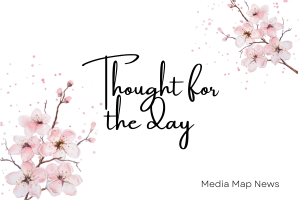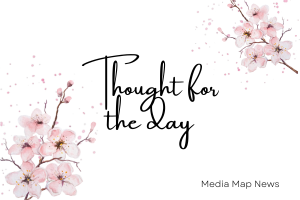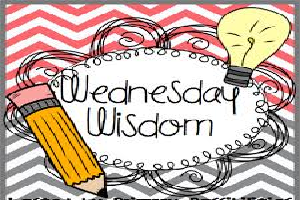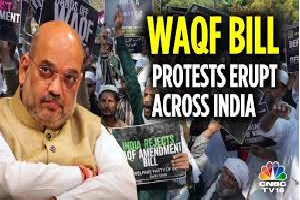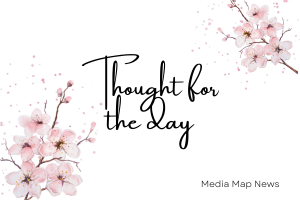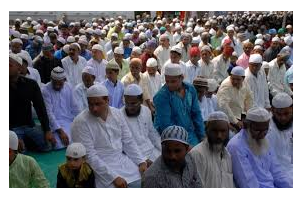22

Today’s Edition
New Delhi, 22 January 2024
Vikram Rao
Two and a half centuries ago (4 July 1776), the first egalitarian republic of the modern world was established. One of the maxims of its Constitution is: “All men are created equal.” Last week, new racial violence broke out again in the same nation. The white cop strangled the black man. Nation-wide riots are taking place.
In this atmosphere of despair and pain, the memory of American Gandhi Martin Luther King Jr. comes to mind. This young Satyagrahi had said, “Darkness cannot be eradicated by darkness. It moves away from the light.” In fact, America, which was dazzled by the lightning of immense development, is today struggling with mental stress.
How was this messiah of light, Martin Luther King?
America's first black President Barack Obama was giving a speech after taking oath. He had mentioned a special person whose dream came true when he became President. He is the same Martin Luther King Jr., whose maxim “We shall overcome one day” has always been repeated by the underprivileged around the world. The fight for human equality and freedom continued for three centuries before the King. The struggle of the blacks began when slaves purchased from Africa were brought to America in 1619.
Martin was always surprised that apartheid was prevalent in a nation like the United States of America, whose founding principle was that everyone was equal. He found that every Sunday at eleven o'clock in the churches every Christian repeats, "In the house of Christ there is neither East nor West, all are equal." Still, whites and blacks stand in separate lines. After all, the lamp also remains, carrying only Kalima.
If we look at the life and struggle of Martin, who was a victim of the brutality of apartheid, then Indians will realize what ideology Obama was a symbol of. There were many such incidents in the life of Martin Luther King when he would have committed suicide out of guilt or would have been bent on murder out of anger. But the superiority of the cause and the excellence of the religion had made him tolerant. Once in his childhood, a white woman slapped him in a shop and called him “nigger” (a derogatory term used by whites for blacks). The child was innocent, but remained calm.
While traveling in the train, Martin had to stand for two hours because a white man forcefully picked him up and sat on his seat. “An Indian was even pushed off a train near Johannesburg; That man later became known as the Father of the Nation”, thought Martin.
Martin was confident that if black people campaign for freedom, they will not create a rift in the relations between blacks and whites, but will lay the foundation of a syncretistic society. With the awakening of blacks, the status quo system does not break, rather the effort for eternal peace begins. Martin wanted that even if morality could not be implemented by law, the American government could at least regulate the conduct of white people. But this did not happen. When American society and government failed to show active concern for the plight of American-Africans, twenty-six-year-old Martin stood up to injustice. Every revolution has started with a small incident. On December 1, 1955, black woman Rosa Parks boarded a bus on Cleveland Avenue in downtown Montgomery. The next ten seats in the bus were reserved for whites. Not only this, if more white passengers arrived, then the seats of the sitting black passengers were made to vacate. The bus conductor asked Rosa Parks to give up her seat for a white passenger. When Roja refused, the police took her into custody. Angered by this incident, Martin organized the entire black community for a “Bus Boycott”. The boycott lasted 368 days. Its immediate impact was that private bus companies suffered huge losses. Meanwhile, the Supreme Court declared the system of reserved seats in buses illegal.
The fight for human equality and freedom in America began with the arrival of slaves from Africa in 1619. Martin Luther King Jr., a victim of apartheid, believed that if black people campaigned for freedom, they would lay the foundation for a syncretistic society. He believed that the American government could regulate the conduct of white people, but this was not possible. Martin's life and struggle serve as a reminder of the struggle for equality and the importance of addressing injustice.
“The cause of the turmoil prevailing in American society is the ongoing conflict between justice and injustice,” was Martin's belief. The appropriate means to overcome it is that which reduces excitement and increases harmony. Martin read thinker Henry David Thoreau's “Essays on Civil Disobedience.” He had read that in the villages of Champaran and Kheda in remote South-East Asia, the just demands of the exploited farmers were achieved through non-violent Satyagraha. The British rule also ended in a peaceful manner. Martin made the weapon of Satyagraha a means for the liberation of American blacks. Many militant black leaders of “Black-Power” disagreed with Martin. They want blood revenge against the white oppressors with blood. Martin's policy was: “There is no hatred for the person, only hatred for his bad behavior.” There is no hatred for whites, there is irritation at their narrow outlook. We will have to gather support not on the basis of race or riots but on the basis of conscience, said this messiah of social harmony. The same thing was said by the saint of Sabarmati at the time of Dandi March. That was echoed in Martin's voice.
As part of a resistance program, it was decided to hold a peaceful demonstration in the national capital Washington. On August 28, 1963, two lakh people, including many whites, demanded from the President that all the laws related to the policy of apartheid be abolished. Young President John Kennedy drafted his civil rights bill. Kennedy's assassination was actually his personal act, which aroused hatred towards apartheid in the public mind and within a few months millions of blacks got the legal right to vote. On the day of the “March on Washington,” Martin gave a speech from the steps of the Lincoln Memorial: “I have a dream. A day will come when the children of the white masters and the black slaves who lived in the hills of Georgia will come together at the same table to feast.” At the age of only 35, he received the “Nobel Peace Prize”, which had the inscription “King has always been a proponent of non-violent principles.”
In 1959, Martin traveled to India, the experiment ground of Satyagraha, to gain specific knowledge of the process of converting opponents without resorting to violence. He made a detailed study of the Mahatma's ideology under the auspices of the Gandhi Memorial Fund. Met Saint Vinoba. He was going to come to Ahmedabad, Porbandar and Sevagram (Wardha) to participate in the Gandhi centenary celebrations. But time did not allow this to happen. On his first visit to India he said: “Jesus taught us to do good in response to evil. In India, Gandhi showed that it was possible, even effective.”
When Negro sanitation workers in Memphis went on strike for humane treatment, Martin went to support them. They took out a peaceful procession, but it could not happen. The followers of Jesus and Gandhi departed on their path. The devotee of non-violence met a violent end. He was addressing from the rooftop of the Laroon Motel: “We will succeed now. I may not be able to reach the destination with you.” The very next day (4 April 1963) he was shot by a white man named James Ali Roy. This happened again after 57 years. Similarly, today again racist America is burning. This is his destiny.
---------------
